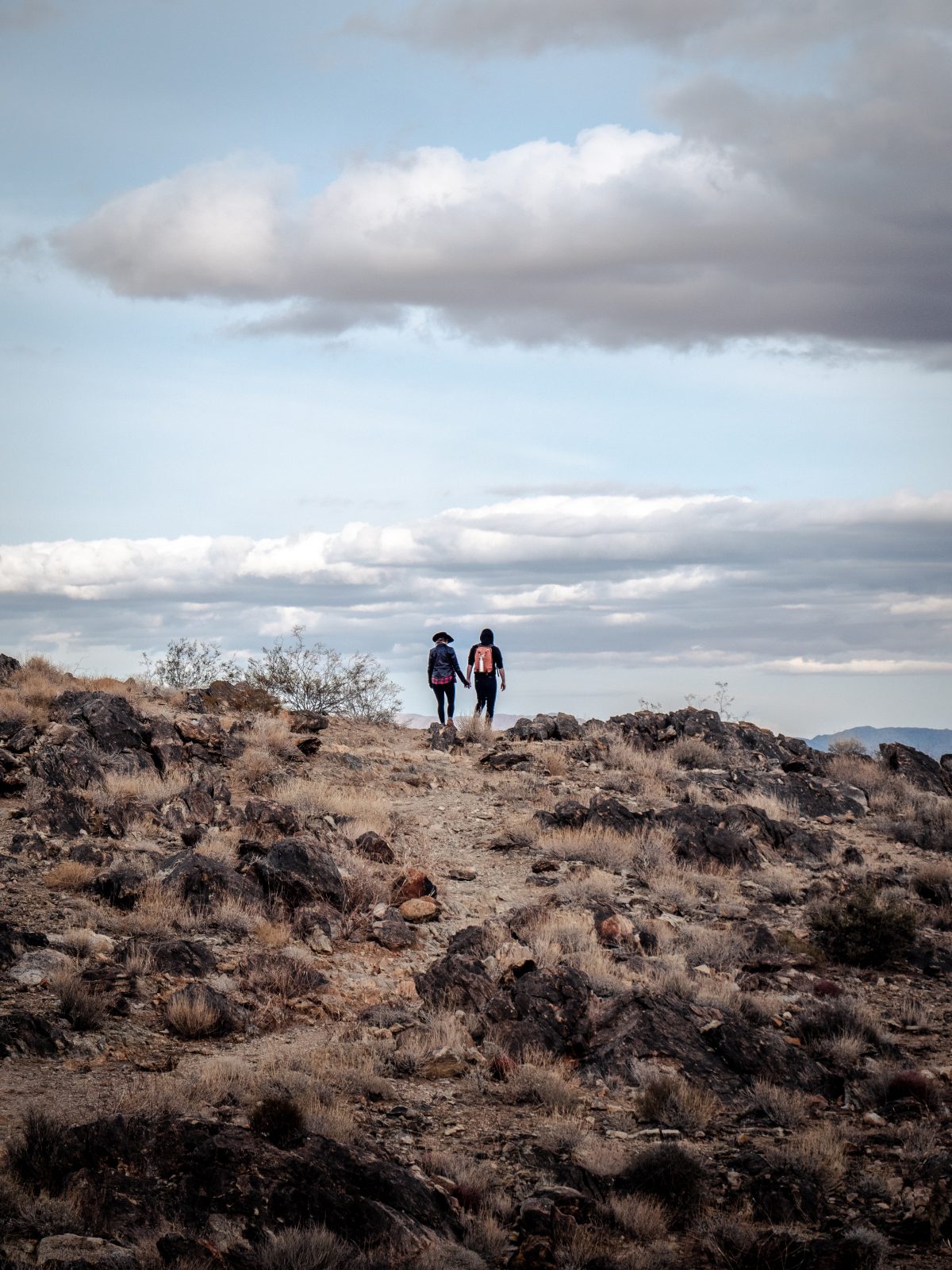Ahead of the new year, a Zen teacher reflects on the passage of time The post Zazen, Stillness, and Change appeared first on Tricycle: The Buddhist Review.

A new year comes. Time passes. But is that the whole story?
A key teaching of our Zen way is that there is stillness and change. The Buddha taught that all things of this world are ever-changing, yet that change is also wonderfully timeless and still. Change is stillness in another guise. Stillness is that which always rests perfectly, even as things change. Passing time is wonderfully timeless, unhurrying, although the hours, days, months, years, and vast ages keep hurrying by. It is like a clock’s hands that are turning, yet their motion arises atop the stillness present in the unmoving clockface, which supports the motion. Simultaneously, the clockface would be frozen, lifeless, and meaningless without the moving hands of flowing time.
If you go to a Zen monastery, one of the hardest things to get used to, especially for modern people, are the incredibly regimented and repetitive routines that are followed—day in, day out. The same bells, the same ceremonies, the same companions, the same long hours of motionless sitting—day in, day out. But, despite appearances, there are large and small differences day by day and minute by minute, and nothing is truly ever exactly the same, nor truly ever stops. Events never go exactly the same on different days, and the action moves from beginning to middle to end with changing skies, changing feelings, changing fortunes, and changing light. Every atom spins in every thing, the whole world spins. Even the still sitting of zazen is always new, changing each time, changing sometimes by the second. Every ritual, each burning stick of incense, is like a vibrant dance amid stillness, the stillness of zazen, which flows with the movement of all this revolving world. We sit for a time, maybe minutes, maybe for hours, but the heart of zazen cannot be measured, holds all time.
The people in our lives change. They come, they go. People are born, live for a span, then leave this world. New people will come. We grow old, sometimes sick, and someday die ourselves. And yet at the heart of it, there is a stillness and timelessness here too. There is this which never goes nor comes, does not age and does not die, even amid the constant coming and going.
We may swim against the current, or with the current, yet somehow we are the current too.
We zazen folks gather together for a time, to sit still, to put everything down, to sit as that central axis of the clock, where the moving hands of spinning time become the timeless face. One embodies that central axis in zazen. One sits quietly, yet the world is still turning. Everything is changing. When the bell rings, we get up again, and we go back to the world where things change and everyone is in a rush. But, despite all the people to see, places to go, work to do, it is hoped now that that taste of timeless and unmoving is known deep within our bones, even as our muscles run.
We have work to do. We have trips to make. We have problems in life to resolve. The sun rises and falls. This new year will be more of all that. But now, we hope, in our bones, we feel the same quiet that has nothing in need of doing, no place in need of going, nothing lacking, and no problem that requires fixing, something surpassing even birth and death. It is the Buddha’s peace and stillness that is just the other face of this busy world’s changing.
Zen folks do not run from change. We do not insist that the world stop so we can get off. Instead, we flow with the change, like a river that we merge into, waters that we become and flow along as. Having become ourselves like water, we are the river’s flowing. Yes, we try to direct the rushing currents into directions we prefer, to dam and channel it, to avoid the pull of the dangerous rapids we fear, but, in the end, we allow the river to flow as it flows, whether it heads in the directions we would want or not. We may swim against the current, or with the current, yet somehow we are the current too.
I believe that this attitude of knowing stillness as change and change as stillness is especially important today, in a world that appears to be rushing along, always at high speed. Maybe in Dogen’s time, the pace of change wasn’t so noticeable. Life was not as fast and innovative, with the flood of stimulation and noise and constant newness that we have today. Now, more than ever, we need to practice stillness, to get that timeless taste in our bones. I think that there is so much more to do, so many more places to go, so much new information pouring into our eyes and ears than in the past, so learning to be quiet, to be still, and to sit facing the wall and putting the world down is especially vital. Yes, time is money, but it is worth our time to put everything aside for a period each day and just sit.
People come and people go, our lives come and go. The old year goes and a new year comes. And yet, there is this which does not change, although the pages of the calendar fall. This is precisely where zazen is situated, in the unmoving, in the turning-non-turning, in the changelessly-changing, in the still and flowing timeless point of time.
The post Zazen, Stillness, and Change appeared first on Tricycle: The Buddhist Review.















